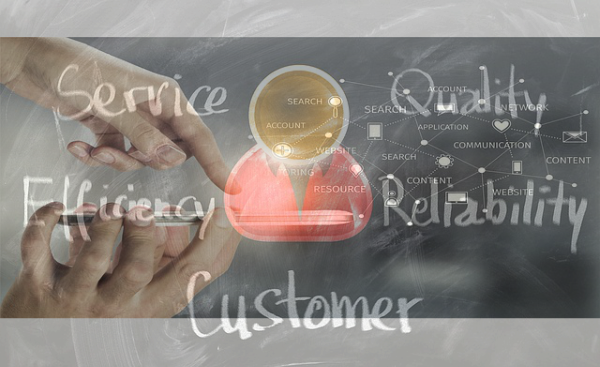
Of late, a buzzword in marketing and analytics circles is CDP or Customer Data Platform. Chief Marketing Officers now have this new weapon in their arsenal to serve customers in an even better, faster and more granular manner.
A CDP is a “data unifying software”. Adding it on top of your martech stack helps manage your customer experience across every touchpoint – marketing, customer service and product. It absorbs an enterprise’s data from all sources – batch, streaming, structured or unstructured, transaction or demographic – and makes it available 24X7 to all users within the enterprise.
According to the CDP Institute, a CDP creates a persistent, unified customer database that is accessible to other systems, putting marketing in direct control of the data unification project. No, a CDP is not to be mistaken for a CRM, a data warehouse or a data lake; the latter are where data is merely stored. A CDP is much more than that. It’s a sophisticated data hub where all things related to data converge – from data sources to customer information.
Okay, but what does it really do? To cut a long story short, a CDP enable brands to make intelligent decisions around the right audience, giving them the right content at the right time using the right channel for the purpose.
Here’s one example – A CDP helps marketers to customize highly personal marketing messages across engagement channels from email to social media.
As every CMO will vouch for, one of the main challenges in one-on-one marketing is the requirement to activate huge data volumes when you scale to millions of customers across multiple touchpoints, and that’s something that CDP handles. It is, in fact, the perfect medicine that the doctor ordered for those who are under-utilizing their big data
So what do I need to do to get it? Getting a CDP for your enterprise’s digital transformation requires some serious thinking. We call it the 5-step process that will act as a guide for you to eventually select the right CDP for your marketing team. Not to mention the fact that at last count, there were over 60 CDPs available in the market, adding to the overall confusion. But first and foremost, you need to understand if your enterprise is ready for a CDP.
Here’s a quick checklist for that:
- Are your business goals in place?
- Do you want to meet these goals with technology such as data analytics?
- Does your data sit in silos?
- Is your data accessible to a majority in your organization? If no, can you make it accessible?
There are more steps to this due diligence but once you answer in the affirmative to the above, you can start contemplating a CDP.
So here are the 5 steps:
- Decide what do you want out of your CDP
- List out all your tech stack and find out if the CDP you are contemplating can assimilate all that tech
- Interface is another key factor – does the CDP have a user-friendly interface?
- Does it accept inputs from multiple sources or not?
- Does it offer predictive scoring and machine learning?
A CDP will eventually become the mainstay of an enterprise and its digital transformation, enhancing customer engagement strategies. This deep customer understanding enables brands to deliver consistent, relevant, and highly personalized customer engagement.
